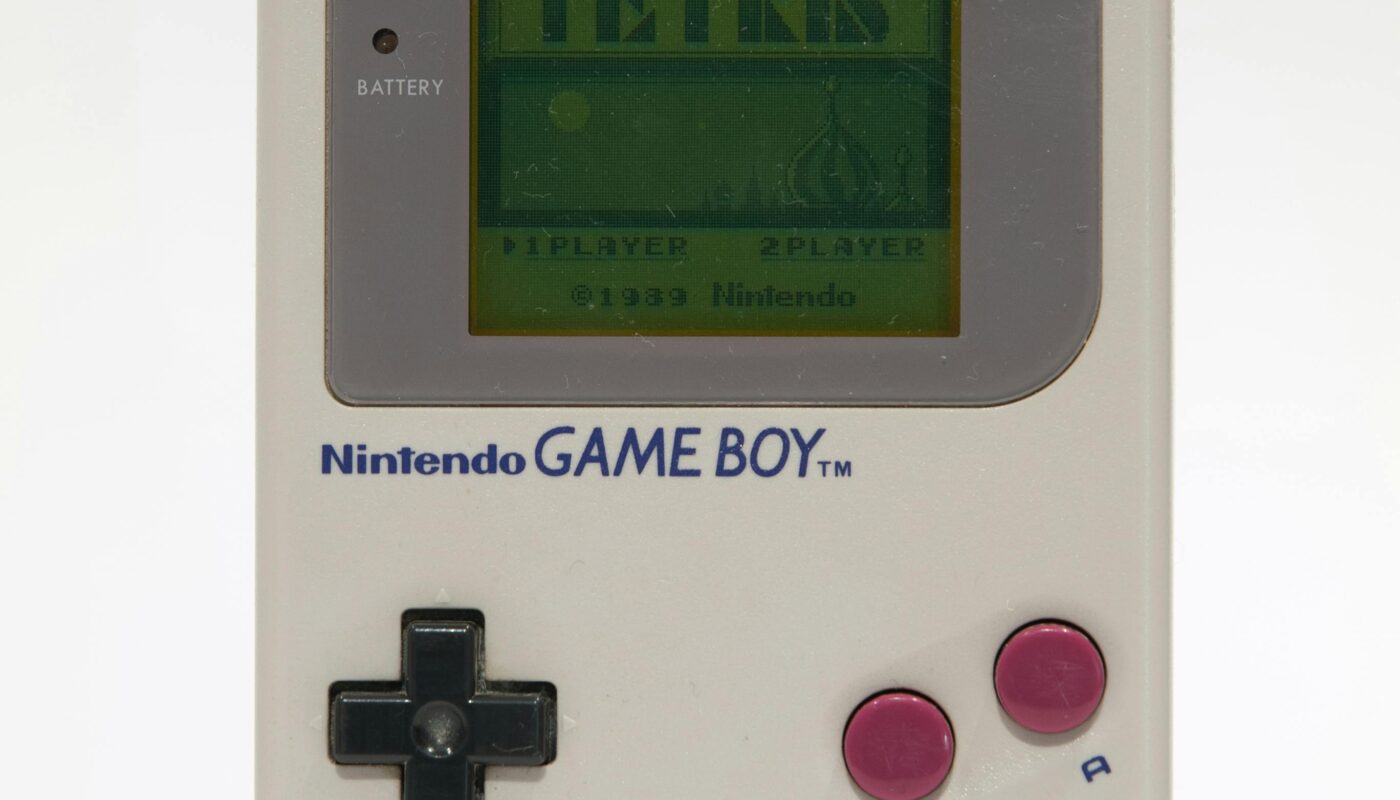Every year, graphics get sharper, gameplay gets smoother, and consoles become more powerful — yet somehow, that pixelated 8-bit world still hits harder. There’s something about the simplicity of those older games that modern titles can’t quite capture. Maybe it’s the nostalgia, maybe it’s the creativity born from limitation, or maybe it’s the feeling that you — not the console — were doing the work.
As gamers, we’ve all had that moment: scrolling through a massive new open-world title, everything looks stunning… but it doesn’t feel the same. And that’s where the magic of retro gaming lives — in the imperfection that made it personal.
1. The Beauty of Limitations
Back in the 8-bit era, developers didn’t have endless power or storage. Every sound, every sprite, every movement had to count. Those creative restrictions gave us some of the most iconic moments in gaming — Mario’s jump, Link’s discovery chime, Sonic’s spin dash.
Because games couldn’t rely on realism, they had to rely on design. You didn’t need cinematic cutscenes to care — the gameplay told the story. That’s why so many of those experiences still feel alive decades later: they weren’t trying to impress your eyes; they were trying to challenge your brain.
Modern games look incredible, but sometimes beauty becomes a distraction. Retro games? They gave you pure interaction.
2. Imagination Was the Real Engine
When you played Metroid, Mega Man, or Final Fantasy VI, your imagination filled in the gaps. You didn’t need 4K resolution to feel depth — you created it in your head. Those pixelated worlds were more than pixels; they were possibilities.
Gamers today talk about “immersion,” but back then, immersion wasn’t about realism — it was about investment. You weren’t watching the story unfold; you were making it happen.
Every flicker of light, every chiptune beat pulled you in because it demanded attention and interpretation. That’s something ultra-HD realism can’t replicate — because imagination has no resolution limit.
3. Nostalgia With Substance
Yes, nostalgia plays a part — but it’s not just the warm glow of childhood. It’s muscle memory, emotional rhythm, and design philosophy. Retro games were built on precision and mastery. They expected you to learn, fail, and adapt.
When you finally beat a boss after 47 attempts, you didn’t get a cutscene or a shiny badge. You got satisfaction — the kind that sticks.
That’s why we still boot up Contra, Castlevania, or DuckTales today. The challenge was fair. The fun was immediate. And the memories are tied not just to what you saw, but how you felt when you pulled it off.
4. The Thanksgiving Connection
This time of year, when life slows down and everyone starts reflecting, revisiting retro games feels a lot like gratitude in action. They remind us of a simpler time — not easier, but more direct. No patches. No updates. No 80GB downloads. Just “press start” and play.
There’s a sense of grounding in that simplicity. A reminder that good design doesn’t need flash — it needs heart. And maybe that’s why retro gaming feels so good during the holidays: it connects us back to what gaming used to mean — joy without noise, challenge without clutter.
Sometimes being grateful means looking back, not forward.
5. Why Retro Still Wins
Retro gaming isn’t about rejecting progress; it’s about preserving soul. It’s proof that innovation doesn’t always mean “new.” It means doing more with less, feeling more with less, and remembering that the best moments in gaming aren’t measured in frames per second — they’re measured in emotion per second.
So while the latest AAA titles push boundaries, those 8-bit classics still push buttons — literally and emotionally.
And in a world obsessed with what’s next, maybe the most powerful thing a gamer can do this November is to pause, plug in that old controller, and remember how it all began.
Because sometimes, gratitude comes in 8 bits.
Unlock Full Article
Watch a quick video to get instant access.




